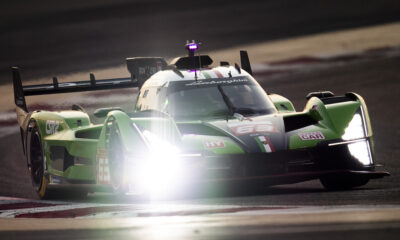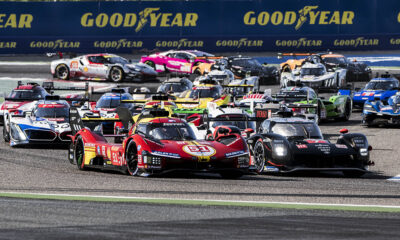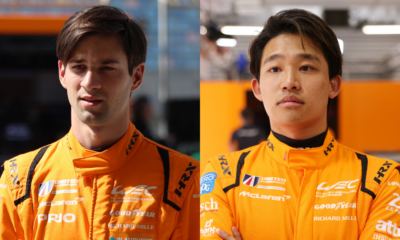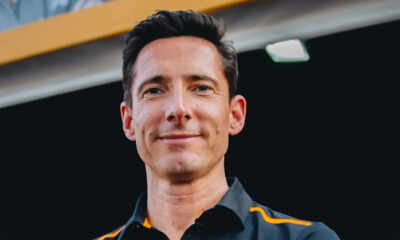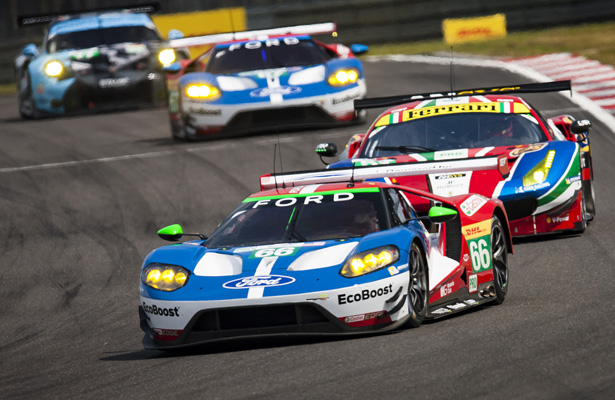
Photo: Drew Gibson/Ford
Additional GTE manufacturers are expected within the next few years, according to ACO Sporting Director Vincent Beaumesnil, who has also reaffirmed its commitment to its Balance of Performance process.
The GTE-Pro class in the FIA World Endurance Championship currently sees factory or works-backed involvement from Aston Martin, Ford, Ferrari and Porsche, with BMW having formally announced on Tuesday its commitment for 2018 with a to-be-announced car.
Corvette, meanwhile, has been rumored to step up to a full-season effort by as early as next year, while both Lamborghini and McLaren have been linked to programs that could come online by 2018 as well.
“We expect more manufacturers in GTE in the coming years. But it’s not my role to make any announcements,” Beaumesnil told Sportscar365 at Circuit of The Americas earlier this month.
“But this is really good. We believe that GTE in its current form in WEC is the proper platform for a manufacturer who wants to compete with these cars. We’re very happy about that.
“The philosophy is a bit different than LMP1. LMP1 is really the top premium class with a very high level of technology.
“With GT, you come with your road car and you race. But it has to be a sports GT car. It’s two different approach.
“It means also that manufacturers have understood our intention to make GTE the top class for professionals. The customer programs are another thing but it’s definitely a success.”
One of the current talking points in the class, however, has been BoP, which has seen no fewer than six changes in seven events — including the Le Mans Test Day — this season.
Beaumesnil has defended their process and says the gaps are not any larger than last year, despite the number of changes.
“At the moment, nobody can say that one car is dominant or one car has a big advantage,” he said.
“The BoP in general is complex and we spend more and more time and resources to manage it. We’ve never spent so much work on BoP.
“The level is getting higher and higher. When you have competition between manufacturers and the level is raising every year, it creates more emotion and you notice more the gaps.
“I don’t think we have to complain about bigger and lower gaps.
“It’s really a race by race thing. We’ll see what we do after [COTA]. The data we are using and the resources we are placing on this is really much bigger than the past.
“We’re really focused and we are always considering and thinking of [new ways].”
One of those options, Beaumesnil said, would be locking in the BoP for next year’s 24 Hours of Le Mans, potentially before the end of this year.
But with Porsche set to roll out its new mid-rear-engined 911 GTE car, it makes that prospect a challenge.
“Why not?” Beaumesnil said. “But when you have a new car coming, it’s not easy. It’s a nice intention but you have to understand how to do it.
“We are ready to consider different strategies. You have to be open minded about it. My dream is no BoP but it’s not possible. You can’t have four brands of cars competing together without BoP.”
Beaumesnil, meanwhile, said there’s been no movement at this stage on the official resumption of GT Convergence talks, admitting he expects no changes to the GTE or GT3 regulations until 2019 at the very earliest.
“We have always said we would not throw this project in the trash can indefinitely,” he said. “It’s not ongoing at the moment but we know some people would like to resume the discussion.”



















